- Parul Babbar
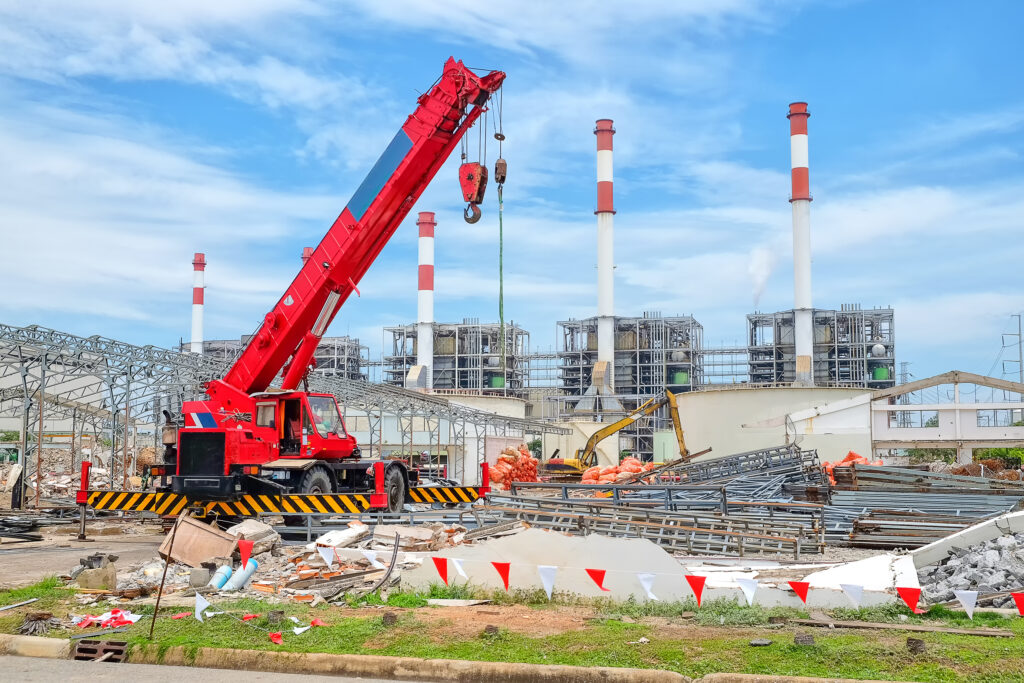
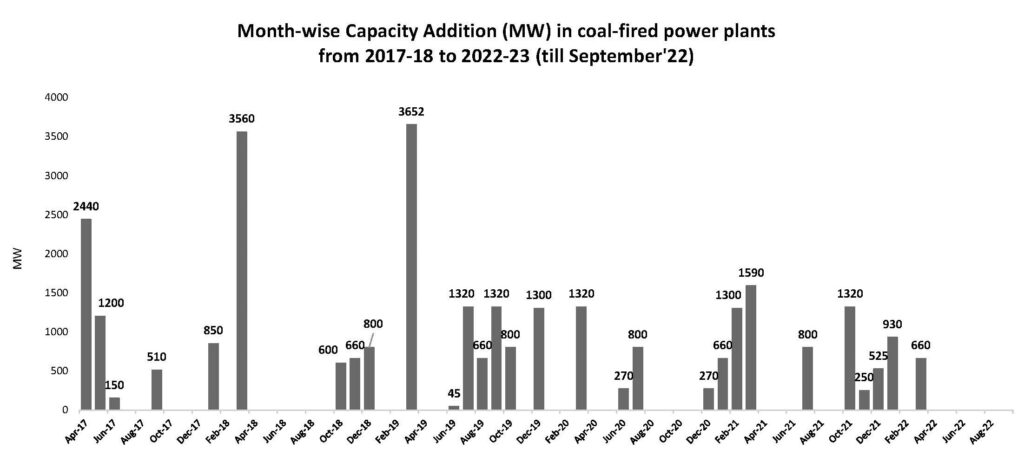
from 2017-18 to 2022-23 (till September’22)
India added a total of ~31 GW of coal in last five years between April 2017 and September 2022. As of September 2022, no new coal-fired station got added to the list of coal-fired power plants. Recently, the draft National Electricity Policy Vol-1 2022[1], mentions the addition of 25.58 GW capacity of new coal-fired power plants by 2022-27. The capacity includes a total of 36 coal-fired powerplant units, of which 19 units are of the state sector (13.66 GW) and 17 units are of the public sector (11.92 GW)[2].
Commissioning of new plants- Still Loading….

The CEA has been entrusted with the responsibility of monitoring the progress of construction activities of all thermal energy projects in the country until the commissioning of the units. In this context, CEA publishes a monthly report titled ‘Broad Status of Thermal Power Projects in the Country[3]’. The report includes details such as the name of the project, capacity, location, reasons for the delay, financial and physical progress, etc. of upcoming thermal power plants in the country.
In accordance with this, Vasudha Foundation has analysed this report and recorded the share of each reason causing a delay in the commissioning of the plants (as mentioned above in figure 2). For instance, Vijayawada or ‘Dr. Narla Tata Rao’s’ thermal power station supercritical unit 8 of 800 MW was initially scheduled to be commissioned in April 2019, further extended to October 2020, and now anticipated to be operated in August 2023. Similarly, ‘Damodaram Sanjeevaiah’ thermal power plant’s supercritical unit 3 of 800 MW has been stalled since June 2019. The unit was supposed to be commissioned in October 2022, whereas it is not yet commissioned as on date. Furthermore, based on the calculation of the time interval between the original and the recent anticipated date of commissioning, a total of 0.66 GW, 12.62 GW & 2.78 GW capacity of under-construction are experiencing a delay in commissioning over the period of one year, two years and three years respectively, which represents 63% of the total under construction capacity. Surprisingly, two units of Barh STPP-I with 1.32 GW capacity are facing a twelve-year lag. The units were scheduled to be commissioned in 2010-11, but no commissioning has occurred to date.
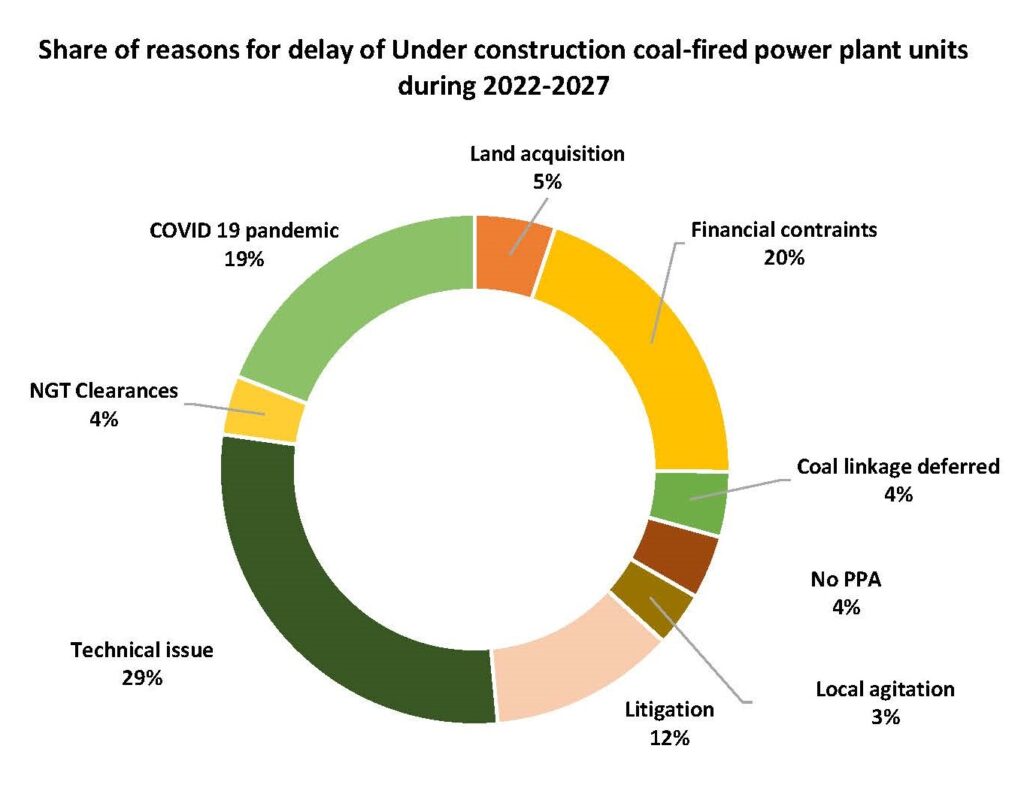
Figure 3 depicts the percent distribution of each reason which is responsible for delaying the process of construction and further commissioning of the plants by 2022-27. The proportion of technical reasons remained high, at 29%. The common causes of the technical problems are due to slow progress in the balance of plant (BOP[4]), change in boiler design, limited or no availability of oxygen cylinders, and acute shortage of skilled manpower. Further, financial constraints and the COVID-19 pandemic and subsequent lockdowns have affected the operation of the new plant by 20% & 19% respectively. Reasons such as land acquisition, coal linkage deferred, NGT clearance, no PPA, litigation, and local agitation, together contribute around 32% in delaying the process.
Start-of-the-art technologies on the way
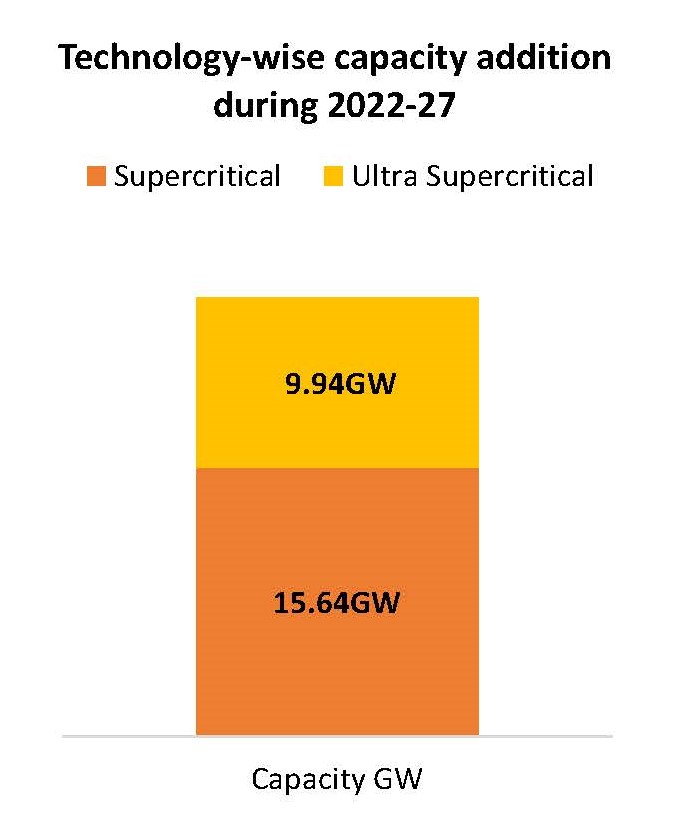
Due to growing environmental concerns, shifting from sub-critical to supercritical (SC) or ultra-supercritical (USC) technology is essential. Figure 4 depicts the share of technology-wise power plants which are likely to be commissioned by 2022-27. The under-construction of coal-fired power plant units capacity includes 15.64 GW of SC units followed by 9.94 GW of USC units[5].
Government’s Role
The Government has taken several actions[6] to improve the efficiency of coal-fired power plants and improve air quality.
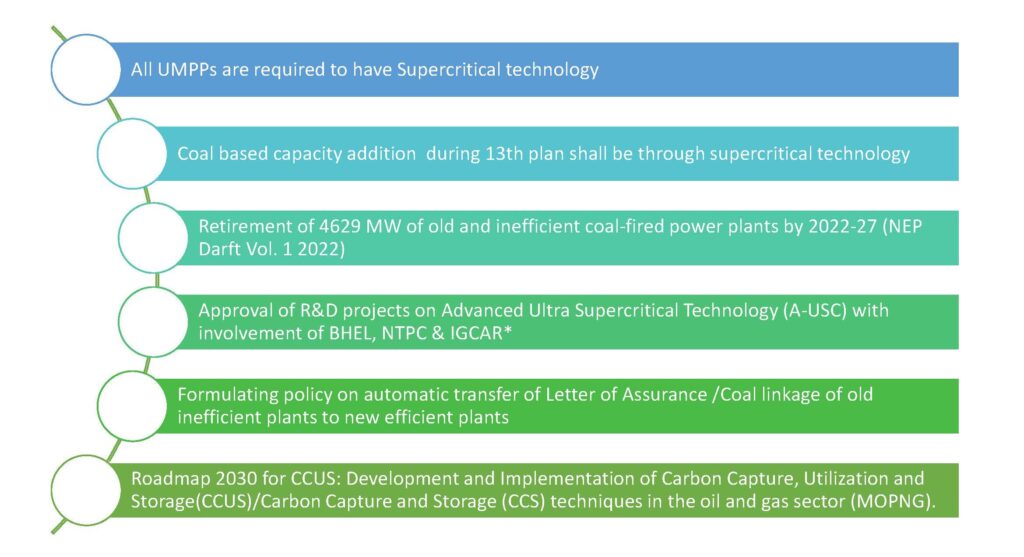
Conclusion
Coal will continue to be a key player in the electricity sector, not in the long run, but in the medium term. For this reason, it is important to consider the environmental concerns raised in light of the increased use of coal. There is a need to deploy the advanced technologies in coal-fired power plant units to reduce emissions, improve the efficiency of the plants and hence meet the rising power aspirations of a developing country like India. However, India is moving on a path of developing large scale renewable sector and is constantly striving to make the power sector more reliable, efficient, and environmentally friendly. As a result, India has announced ‘Panchamrit’ at COP 26 to address the growing electricity demand and mitigate emissions. Further, to boost the non-fossil fuel sector, the government has taken new initiatives in renewable energy such as electric mobility, ethanol-blended fuels, and green hydrogen as alternative energy sources.
[1] National Electricity Policy Vol-1 2022, https://cea.nic.in/wp-content/uploads/irp/2022/09/DRAFT_NATIONAL_ELECTRICITY_PLAN_9_SEP_2022_2-1.pdf
[2] Broad Status of Thermal Power Projects in the country, CEA (September 2022) https://cea.nic.in/wp-content/uploads/thermal_broad/2022/09/BS_Final_Sept_22-1.pdf
[3] Ibis 3
[4] BOP includes coal handling plant, ash handling plant, DM plant, compressed air system, fire protection and so on.
[5] Ibis 3
[6] https://pib.gov.in/newsite/printrelease.aspx?relid=116893




